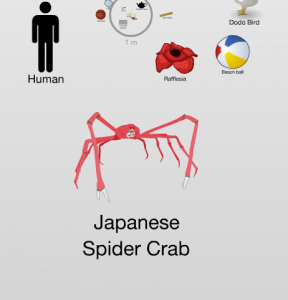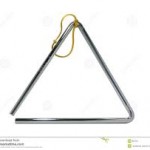here we are again, new year, new semester, new subjects. same blog. I’m back!!! did you all miss me? i probably should have done this post before my previous ones but oh well, we all know hind sight is a bitch (especially when it comes to captain hindsight – please enjoy that video) . but i’m here now so let’s talk!!! how have you been? good holiday? ok who am i kidding, i know no-one is reading this.
so what else is there to discuss? not really sure. we could do the lectures… although not much really happened in the first one except a nice little introduction to the course. at least now we know what we’ll be up to this semester (a lot of interactive video stuff from what i can gather, which is exciting to get to do). and then of course the lovely labor day meant we didn’t have a lecture this week so there’s nothing really to talk about there either. but i’ve been doing my best to stay up to date with the subject blog, checking out what adrian is discussing/blogging (i liked the feather video) and seeing what all the other students are up to on their blogs. not many have started posting yet (at least from what i could see) but i did really like Tiana’s post about the reading and it had a link to this really awesome site about the scales of everything within the universe. i’d  really recommend it, it’s a cool scroll through. although, that japanese spider crab is terrifying, especially how big it is compared to humans. if i ever saw that, i would die of fright before it would even have the chance to attack me.
really recommend it, it’s a cool scroll through. although, that japanese spider crab is terrifying, especially how big it is compared to humans. if i ever saw that, i would die of fright before it would even have the chance to attack me.
anyhow, stay tuned… there’ll be more to come!

